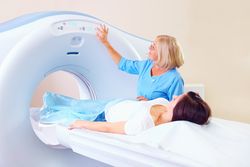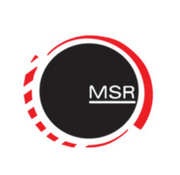
March is Kidney Cancer Awareness month. This type of condition can be diagnosed without a biopsy. Doctors often use less invasive methods, including computed tomography (CT) scans, magnetic resonance imaging (MRIs), and ultrasounds. If you’re preparing for a cancer screening, here's what to know about each type of exam.
A Guide to Different Types of Kidney Cancer Screening
1. CT Scan
This scan takes detailed images of the body using a series of X-rays. Generally, it’s used to confirm an existing diagnosis, as it identifies the size, shape, and location of a tumor.
CT scans are painless. The patient lies still on a table as the machine slides into a scanner. Usually, doctors use a dye to see the kidneys more clearly. The product might be injected, or the patient may be asked to drink it four to six hours before the exam.
2. MRI
 This is usually done because a patient is either allergic to the dye used in a CT scan or their kidneys are failing. An MRI is performed using radio waves and magnets. This type of cancer screening helps doctors figure out whether the cancer has spread.
This is usually done because a patient is either allergic to the dye used in a CT scan or their kidneys are failing. An MRI is performed using radio waves and magnets. This type of cancer screening helps doctors figure out whether the cancer has spread.
The test involves lying on a table as it passes through a scanner tube. It usually only takes two to 15 minutes. However, you may need more than one set of images, so the test may take an hour or longer.
3. Ultrasound
This exam uses sound waves to create images of a tumor. This procedure detects whether the tumor is solid or filled with fluid. Solid masses are more likely to be kidney cancer.
The technician will apply a gel on your lower back, then use a wand to press on the area above your kidneys. This process is painless and takes only a few minutes.
Main Street Radiology in Flushing and Bayside, NY, offers these three types of kidney cancer screening to help you get the answers you need. They employ 40 board-certified radiologists, and will explain how they work every step of the way. Visit their website to learn more about CT scans, or call (718) 428-1500 to schedule an appointment.
About the Business
Have a question? Ask the experts!
Send your question

